Pseudo Pig, 2018, Driftwood and Screws, 23x13x9 inches.
Being more of a painter, it was somewhat daunting moving into the realm of sculpture although undertaking this project forced me to be creative in a different way. I have little experience in working with wood but for this piece I felt urged to work with this diverse material. The idea for Pseudo Pig sprouted from my set of ethics and values, along with being inspired by the work of Sally Matthews and Heather Jansch.
Sally Matthews, a British sculptor, looks widely at the anatomy of animals and capturing a sense of life in her work through her use of natural materials. Her work connects effortlessly with the organic settings in which she places it; this largely influenced my decision to work with a naturally occurring material as opposed to something man-made. I also noticed a statement on her website that sparked my interest: ‘I want my work to remind people of our need for animals and the example their nature provides us with’ – now whether this refers to the supposed need for animal consumption or just keeping the food chain in balance, I like that her work raises these kind of questions, which is what I wanted my own artwork to do.
The other British sculptor whose work I was drawn to was Heather Jansch, well-renowned for her life-sized sculptures of horses crafted from driftwood. She explains how she draws her inspiration from none other than Leonardo da Vinci; her work once again capturing life – and almost a sense of movement. Her sculptures hold a strong presence and have a striking impact on the observer. After seeing what she had created out of this beautiful material, I wanted to use it.
Using driftwood meant that the artwork would instantly have part of my own identity ingrained in it, as I have lived by the sea my whole life. I really love everything about driftwood; its warped form and the fact that the wood has gone through a natural process to become this way – I also think it’s intriguing when considering its origin and how far it may have travelled.
The sculpture originally stood in the grounds of Writtle University in an space (that appeared to be untouched for a while) sheltered by some silver birch trees, with some long grass and scattered flowers in its company. This felt like the ideal setting for the artwork, somewhere with little intervention from man.
As a whole, my inanimate pig form reflects how people see the actual sentient beings as mere commodities. Additionally, it comments on the fact that we may not have nature in general for much longer if we carry on with the attitude we currently have. I wanted Pseudo Pig and its setting to symbolise how important nature is and to help people see why it is essential that we protect it while we still have it.
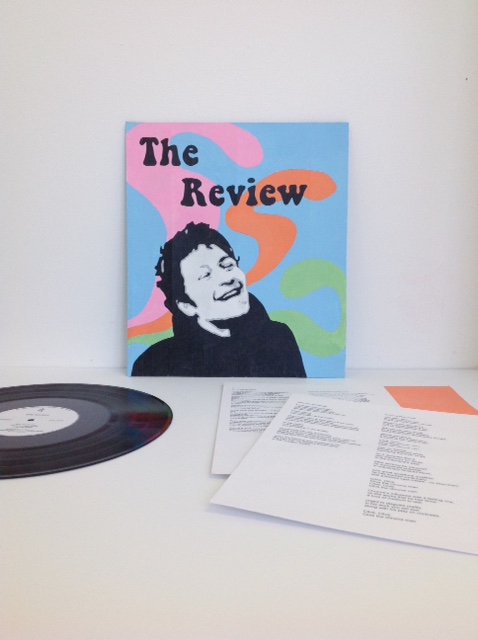

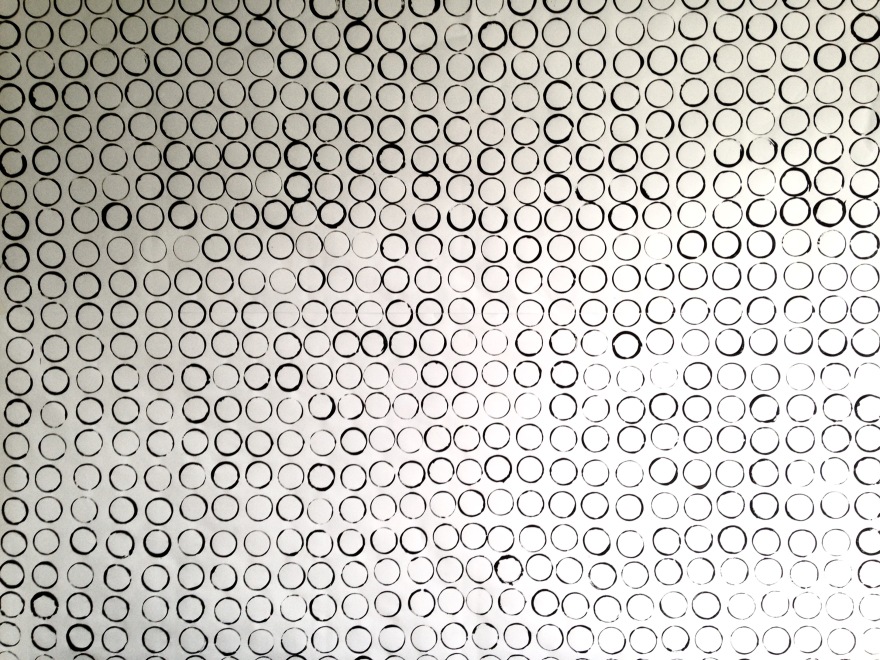






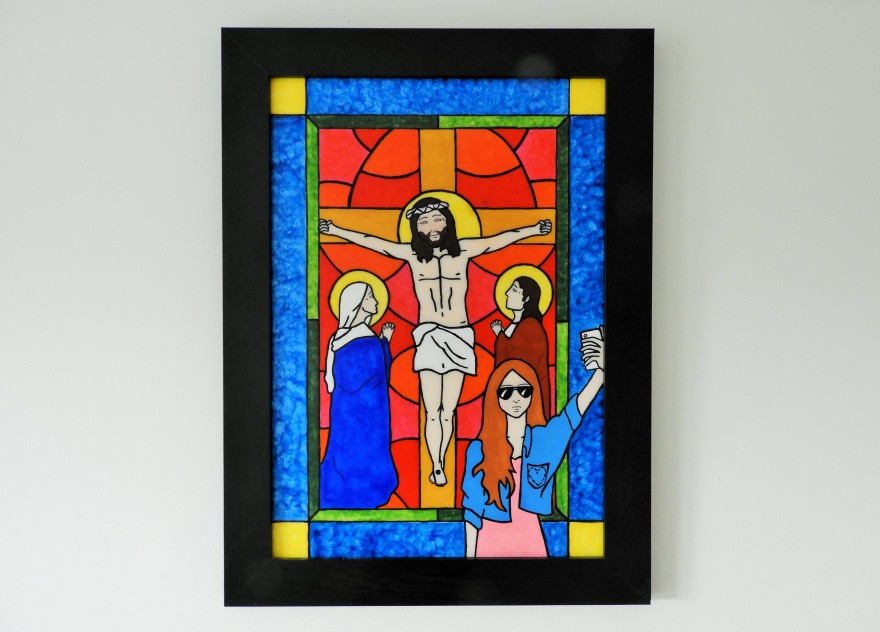


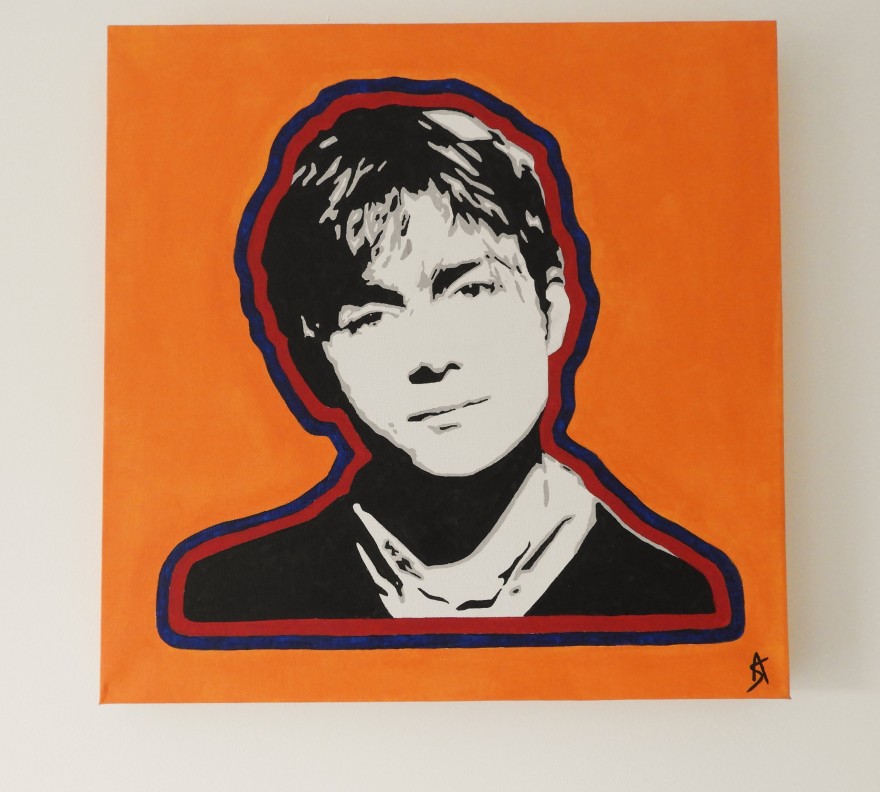 Damon, 2018, Acrylic on Canvas, 16×16 inches.
Damon, 2018, Acrylic on Canvas, 16×16 inches. Moz, 2017, Acrylic on Paper, 11.69×16.53 inches.
Moz, 2017, Acrylic on Paper, 11.69×16.53 inches.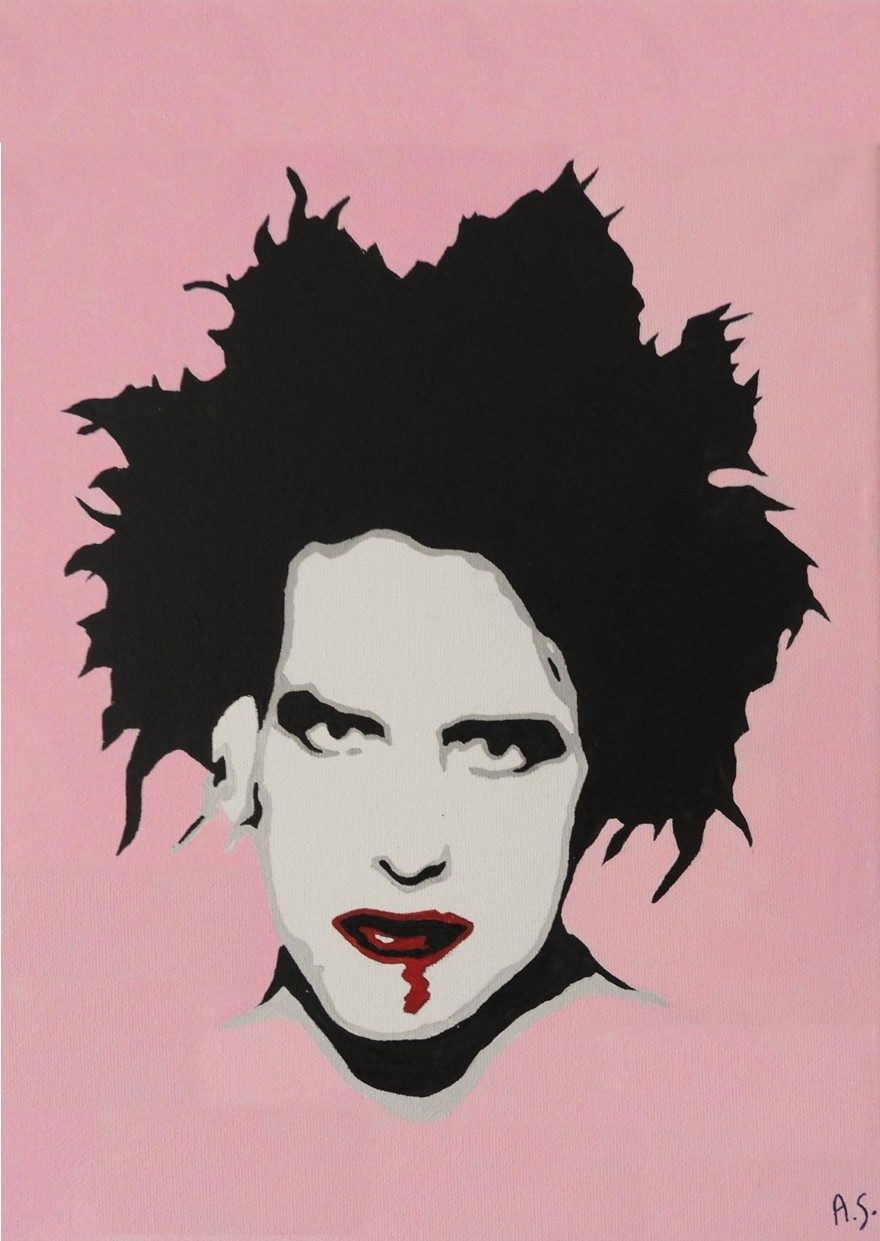 Rob, 2017, Acrylic on Canvas, 9×12 inches.
Rob, 2017, Acrylic on Canvas, 9×12 inches.



